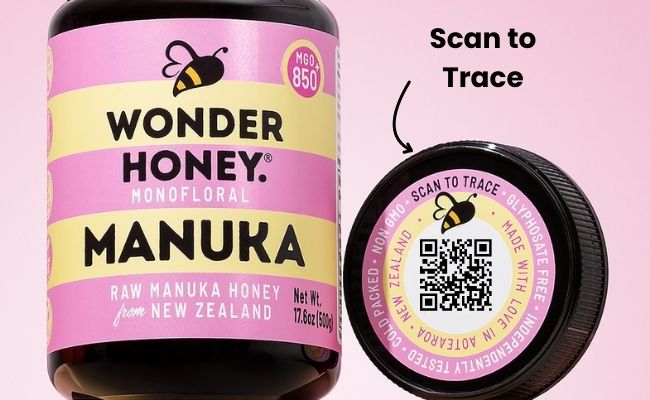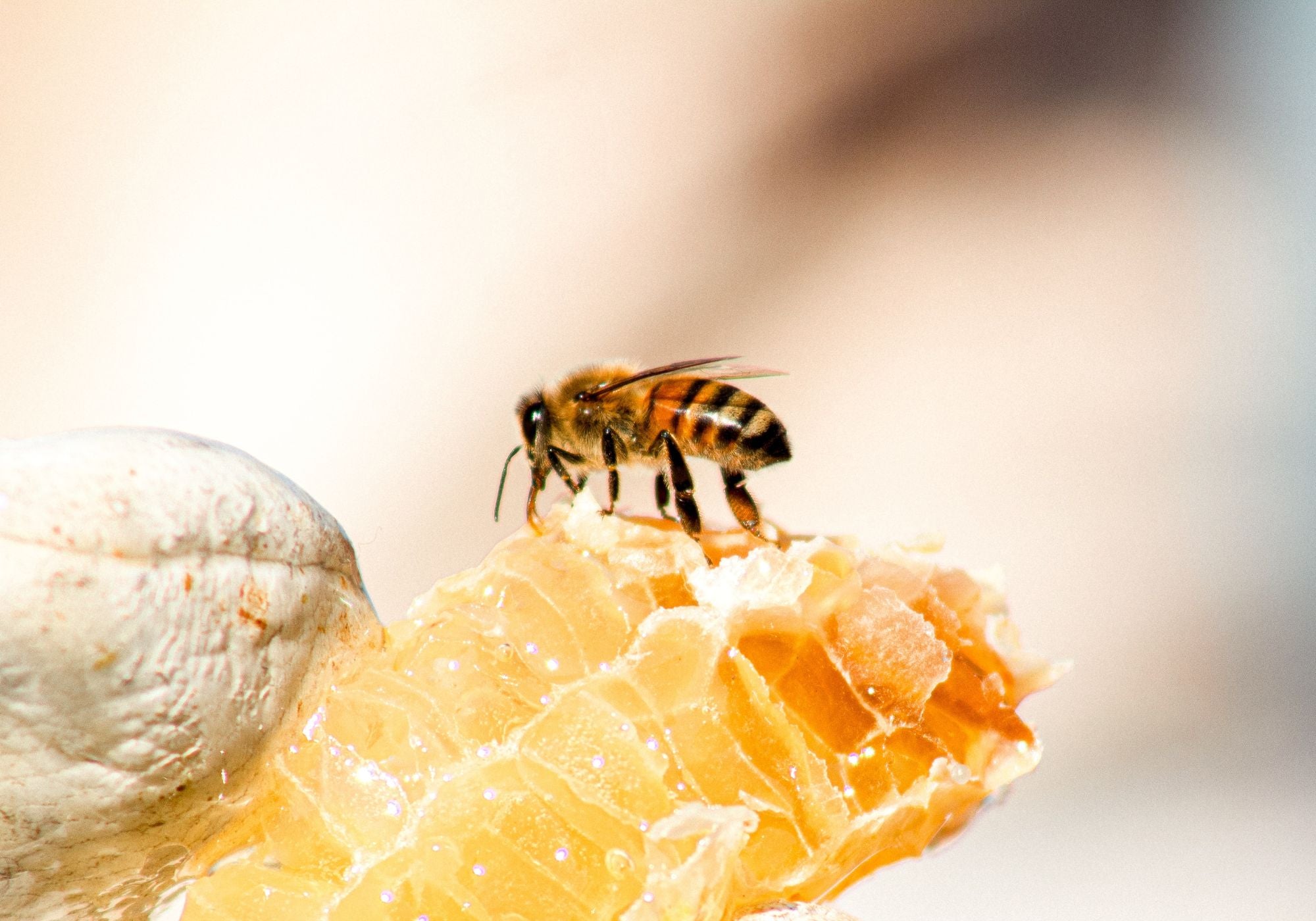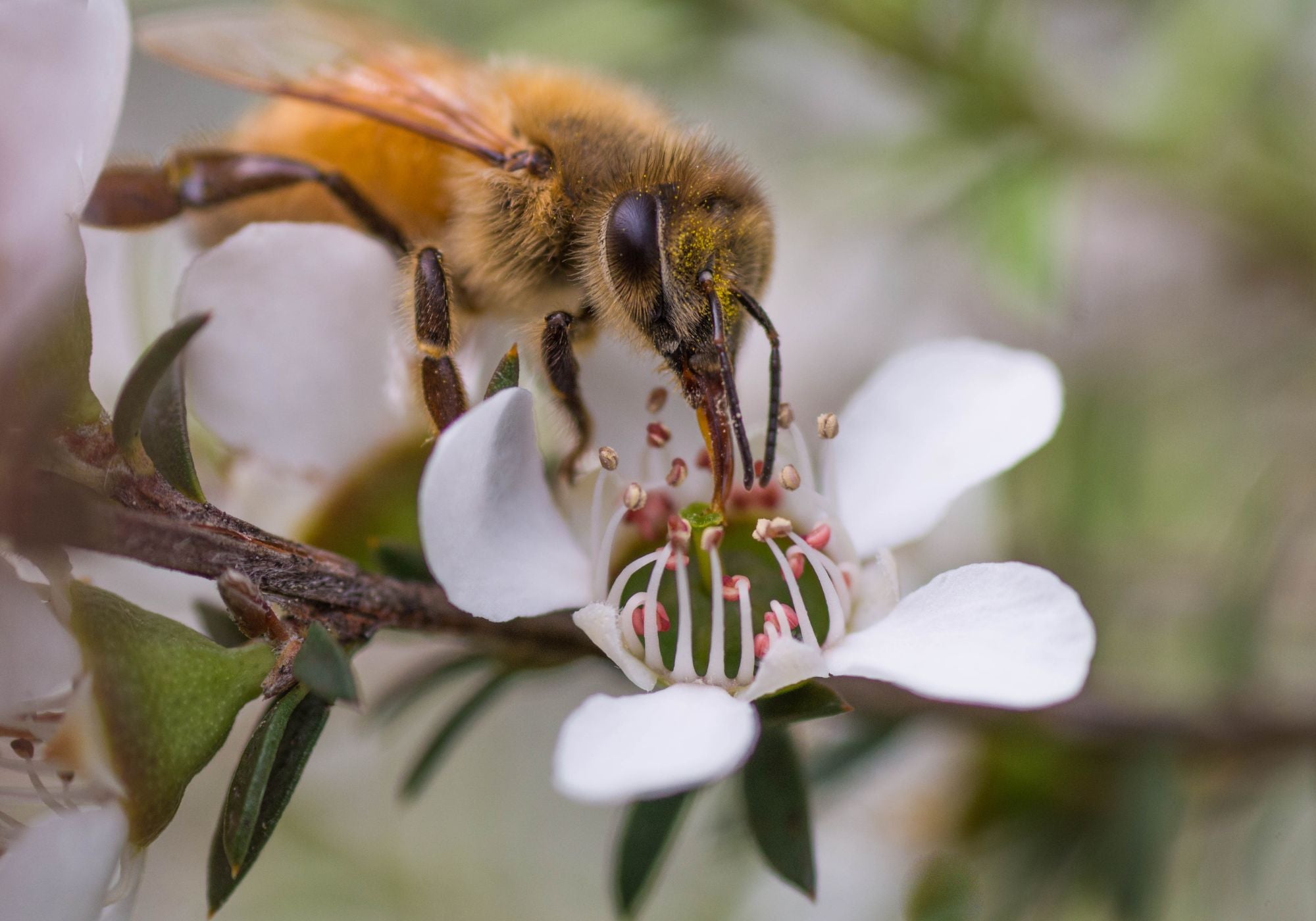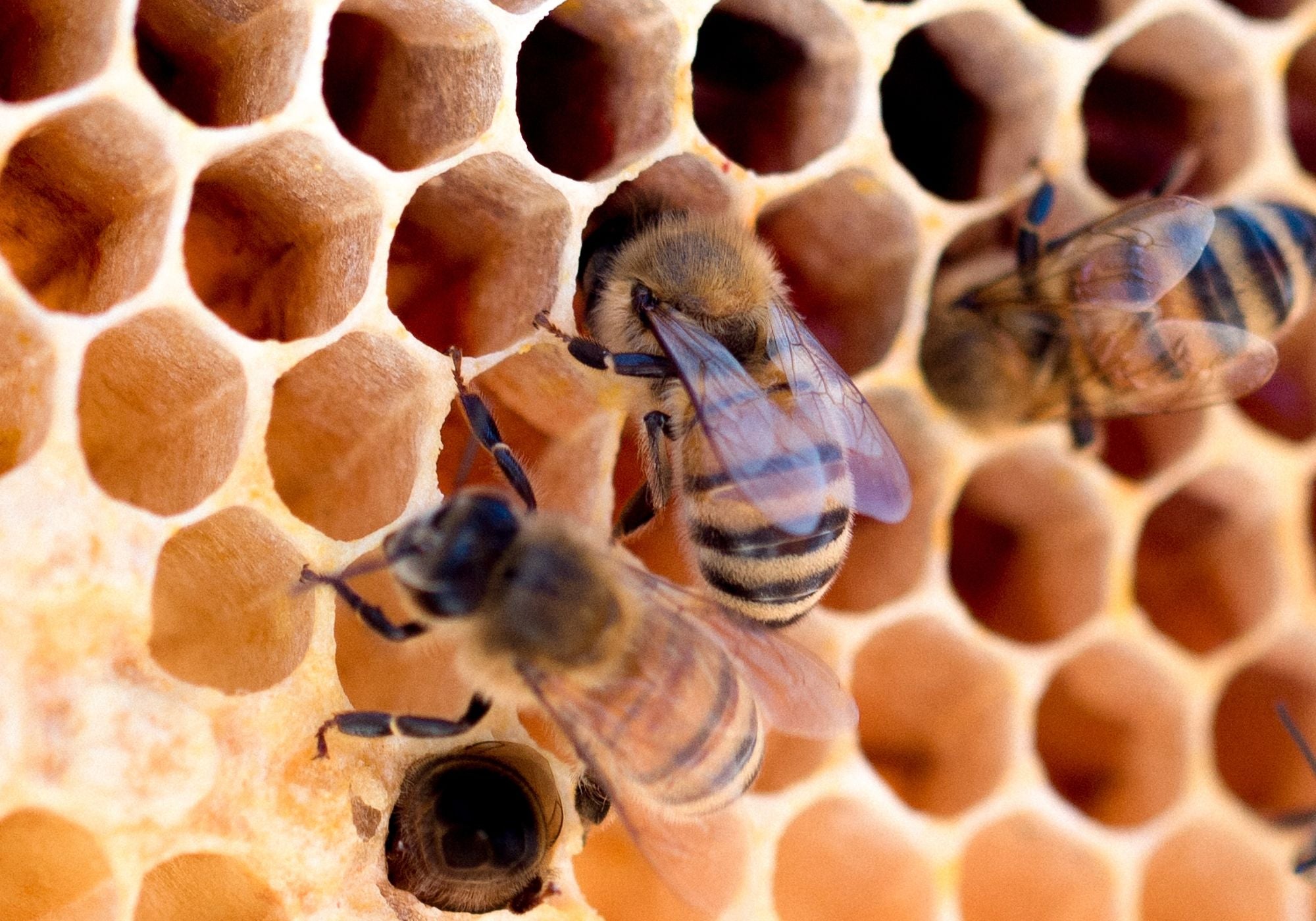Your honey is delicious! I just wish Manuka wasn’t so expensive!
It has a great taste soothes a sore throat and finally something to help with digestive tract and boost my immunity.
Delicious and keeps me healthy
Thanks Jean!
Best honey i ever bought
Such awesome feedback :) thanks!
Great honey,
It's real manuka honey. One of the best.









